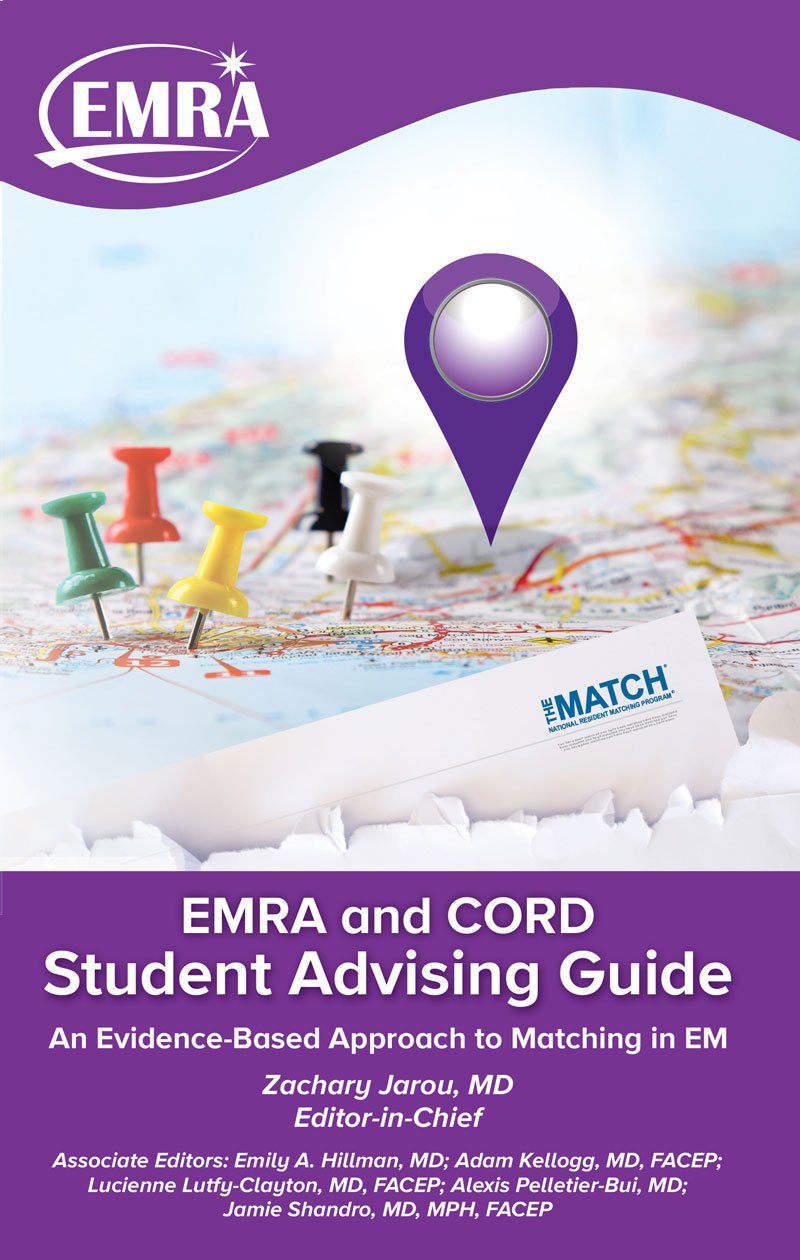Reading For Your EM Rotation
When it comes to preparing for your 4th year emergency medicine rotation, deciding which books to read and how much to read can be perplexing for students. Unfortunately, there is a plethora of texts that will prepare you and build your EM knowledge base while on rotation, but no consensus on which is best. What is certain is the amount of time you commit to reading about EM topics directly correlates with how much you learn.
Start with the basics - How much should you read? This really depends on how you learn. Do you need to see it in text before in person to really understand how to diagnose and treat PID? Or do you have to do the work-up with your attending first, then go back and review the intricacies? Either way, you should plan to divide your reading evenly between what you are seeing in the Emergency department (ED) and general information. For example, say you evaluate a 25 year-old woman who presents with pleuritic chest pain and shortness of breath while taking oral contraceptives. Spend 30 minutes that night reading about pulmonary emboli and hypercoagulable states and the remaining time reading general information such as the evaluation of chest pain or airway management. Want a general number? One hour a day, each day of the rotation, has been thrown out there as how much you will need to succeed.
The next big question is - What should you read? Again, this is tough to answer because everyone is different. Do you need to know every intricacy of disease and treatment before you can diagnose it? Or do you want to know the basics then learn the rest as you see it? For those who need every detail and want an in depth explanation of disease process, pathology and treatment:
- Emergency Medicine - A Comprehensive Study Guide edited by Tintinalli
- Rosen's Emergency Medicine - Concepts and Clinical Practice edited by Marx
- Harwood-Nuss’ Clinical Practice of Emergency Medicine edited by Wolfson and Hendey.
The first two books are generally considered the text books in emergency medicine, while the third is becoming more and more popular. They are quite large and in depth, but will provide you with an in depth knowledge of anything and everything you may see in the department.
For those who want something a little more condensed, but still with some detail and explanation:
- An Introduction to Clinical Emergency Medicine: Guide for Practitioners in the Emergency Department edited by Mahadevan and Garmel
- Last Minute Emergency Medicine edited by Wagner and Promes
- Emergency Medicine Manual edited by Ma and Cline
- 5 Minute Emergency Medicine Consult edited by Schaider and Hayden
- Emergency Medicine Secrets edited by Markovchick
If you are looking for a pocket guide with quick and easy material focusing simply on diagnosis and treatment with less in-depth explanation check out:
- EM Fundamentals: An Essential Handbook for Emergency Medicine by Welsh, with Aaronson, Eicken, and Geyer (Included with your EMRA New Membership Kit for Students and Residents)
- Pocket Emergency Medicine by Zane and Walls
- Case Files Emergency Medicine by Toy and Simon
- First Aid for the Emergency Medicine Clerkship by Stead and Stead
- Blueprints Emergency Medicine by Mick and Peters
- USMLE Road Map Emergency Medicine edited by Sherman and Weber
In addition to texts most Emergency departments will have a couple of atlases lying around – useful for looking at rashes or injury patterns, or for brushing up on how to put in that chest tube before attempting it on your patient:
- Atlas of Emergency Medicine by Knoop, et al
- Clinical Procedures in Emergency Medicine edited by Roberts and Hedges
You may find using books from other clerkships can be quite helpful. These books can be useful to clarify certain medical problems you may encounter in the ED, but don't buy them for this rotation if you don't already have them. This is by no means a comprehensive list:
- Critical Care: The ICU Book by Marino
- Pediatrics: The Harriet Lane Handbook or Pediatric Emergency Medicine Secrets
- Medicine: The Washington Manual, Ferri's Practical Guide to the Care of the Medical Patient, and Dubin's Rapid Interpretation of EKGs
- Dermatology: The Color Atlas & Synopsis of Dermatology by Fitzpatrick
- Radiology: Felson's Principles of Chest Roentgenology: A Programmed Text
Also, remember that some of these texts are available in PDA format, which can mean a lighter, sleeker white coat and less to keep up with while running around the ED!
Your emergency medicine rotation should be an enjoyable and educational experience. However you choose to learn and whichever book you use, be sure to devote the time and energy to maximize that education. Find what works best for you and use it. It’s your education and the beginning of your career in Emergency Medicine
Original Contribution:
Emily Durkin, MSIII
EMRA Medical Student Committee
Jonethan P. DeLaughter, MSIV
Reviewed and edited 2005
EMRA Medical Student Committee
Reviewed/Edited: 1/09
Christopher Scott, MSIV
George Washington University
EMRA Medical Student Governing Council
Related Content
Apr 17, 2019
EMRA and CORD Student Advising Guide, 2023
COVID-19 changed so many aspects of our world. For medical students interested in pursuing emergency medicine, those changes impact education and residency application strategies. Using updated evidence, learn how to apply smarter, not harder, via the EMRA and CORD Student Advising Guide. Read it free online.






